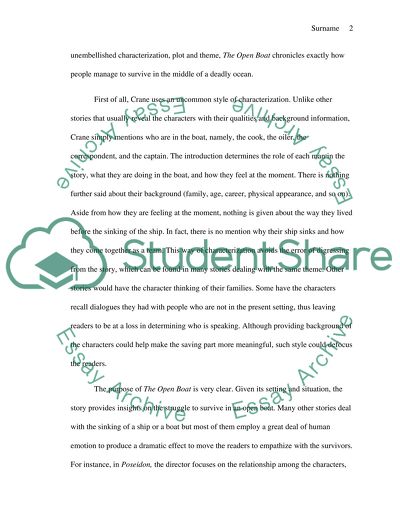Cite this document
(“A Classic Way of Depicting Human Struggle Research Paper”, n.d.)
Retrieved from https://studentshare.org/literature/1427295-compare-stephen-crane-s-the-open-boat-to-another
Retrieved from https://studentshare.org/literature/1427295-compare-stephen-crane-s-the-open-boat-to-another
(A Classic Way of Depicting Human Struggle Research Paper)
https://studentshare.org/literature/1427295-compare-stephen-crane-s-the-open-boat-to-another.
https://studentshare.org/literature/1427295-compare-stephen-crane-s-the-open-boat-to-another.
“A Classic Way of Depicting Human Struggle Research Paper”, n.d. https://studentshare.org/literature/1427295-compare-stephen-crane-s-the-open-boat-to-another.


